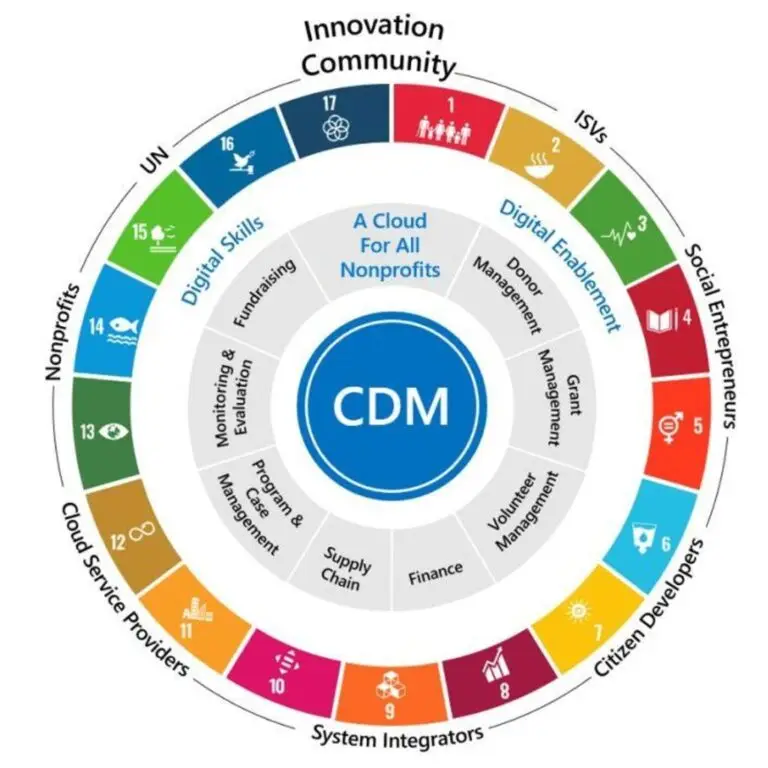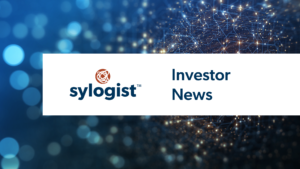Understanding the Common Data Model for Nonprofits
In short, nonprofit organizations deal with a number of complex and sensitive systems and data sets. To make use of the data flowing to and from these systems, there needs to be a common language that sets the foundation; a universal syntax that allows for a more seamless exchange of information.

A Fresh Take On Digital Transformation via A Common Data Model
As some background, Microsoft took a step back in 2018 to reimagine how a common data model could best serve nonprofit organizations. Microsoft wanted to address the fragmented technology ecosystem that nonprofits have grown accustomed to. An ecosystem that has traditionally consisted of disparate, disconnected mission-critical applications.
Microsoft started by saying that a common point of view was required to join all of these applications and systems together. A Common Data Model (CDM) would be required to express the way nonprofit processes should work from a best practice point of view.
Given the increasing complexity of nonprofit data and application requirements, something had to be done to ensure that these organizations could continue to operate and be more intentional about leveraging the data they were collecting to make more informed decisions.
The result of Microsoft’s analysis was the establishment of the Common Data Model for Nonprofits = a universal language of entities and attributes which capture core nonprofit processes.
Combined with the Dataverse, the focal point for all your data, the proliferation of this model means that nonprofits can now live in a truly integrated world where every facet of their technology ecosystem can communicate, with no more “data silos”.
“The Common Data Model for Nonprofits is the universal language which harmonizes systems and data. Coupled with the Dataverse, the revolution to unify the siloed technology ecosystems nonprofits are accustomed to has begun.”
The Common Data Model (CDM) for Nonprofits, is the first common data standard built specifically for the nonprofit sector.
Designed by a cross-sector team of thought leaders in Fall 2018, the CDM for Nonprofits is a data schema that interrelates and standardizes data across the major areas of a nonprofit. As per Microsoft’s documentation, “this includes information such as metadata related to geolocation, demographics, measurements, and calendar/dates, in addition to standard data types”. It breaks down the silos between revenue and donations flowing in on the fundraising side and flowing out of the organization in the form of programs and services delivered.
The CDM is revolutionizing nonprofit technology
Even though the CDM is a data architecture effort that few people will interact with, the benefits to the overall industry affect us all. The adoption of a CDM for nonprofits is a revolutionary approach that is akin to finding a common currency, or a universal language. The implications are far-reaching and significant.
SylogistMission CRM is built on the first common data model developed with nonprofits, the best purpose-built platform, and the only ecosystem with a universal language which harmonizes operations, systems and data in one place.
Laying the foundation of a new home for nonprofit operations – the CDM represents best practices across these core scenarios and capabilities in the sector.




